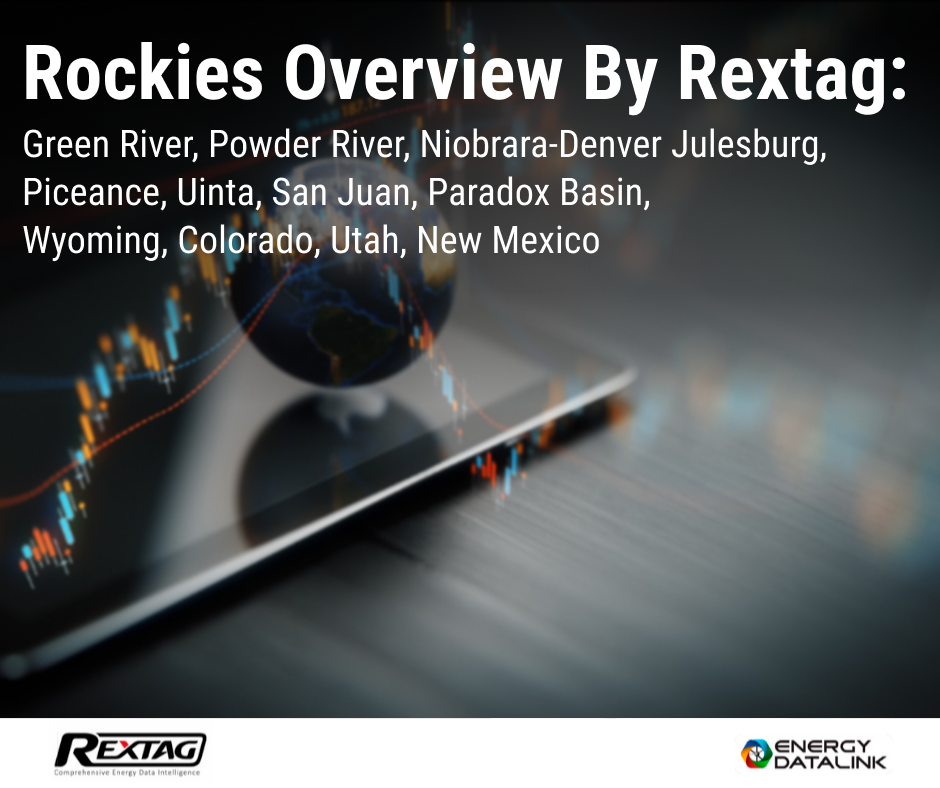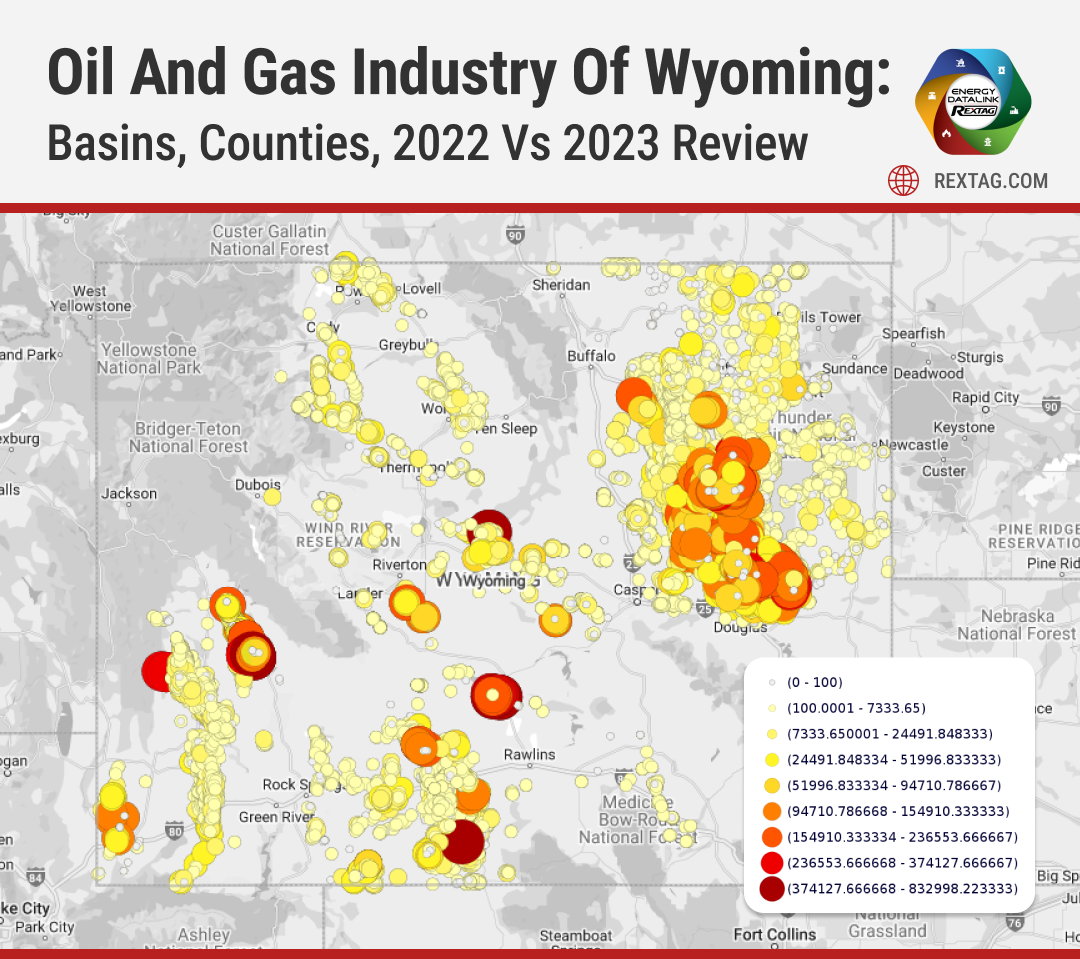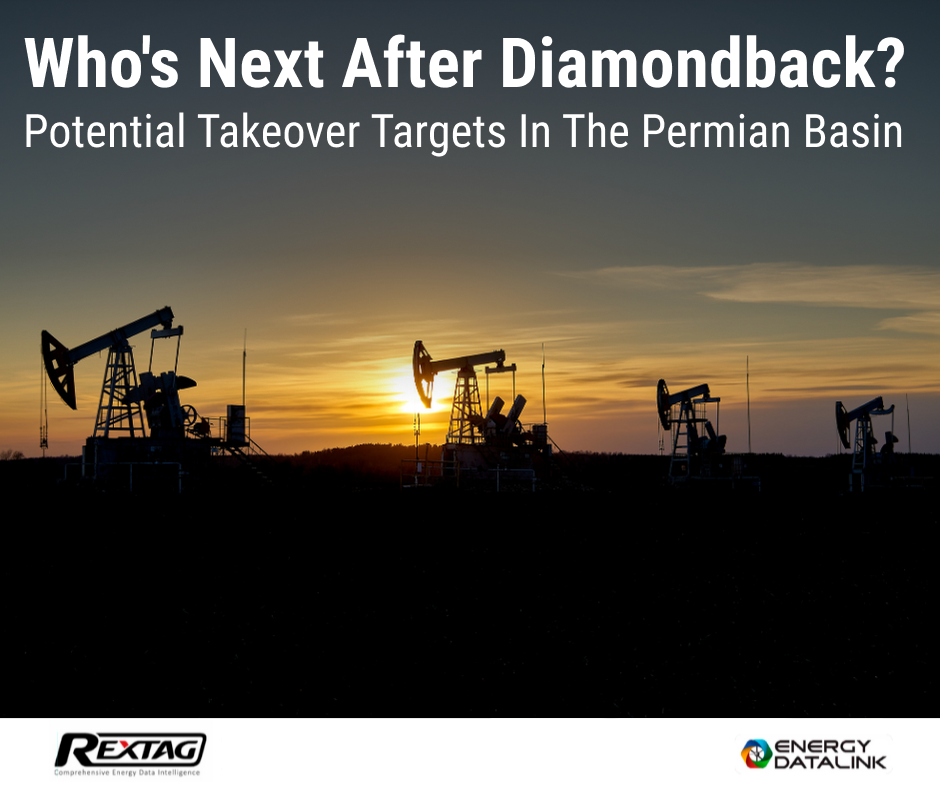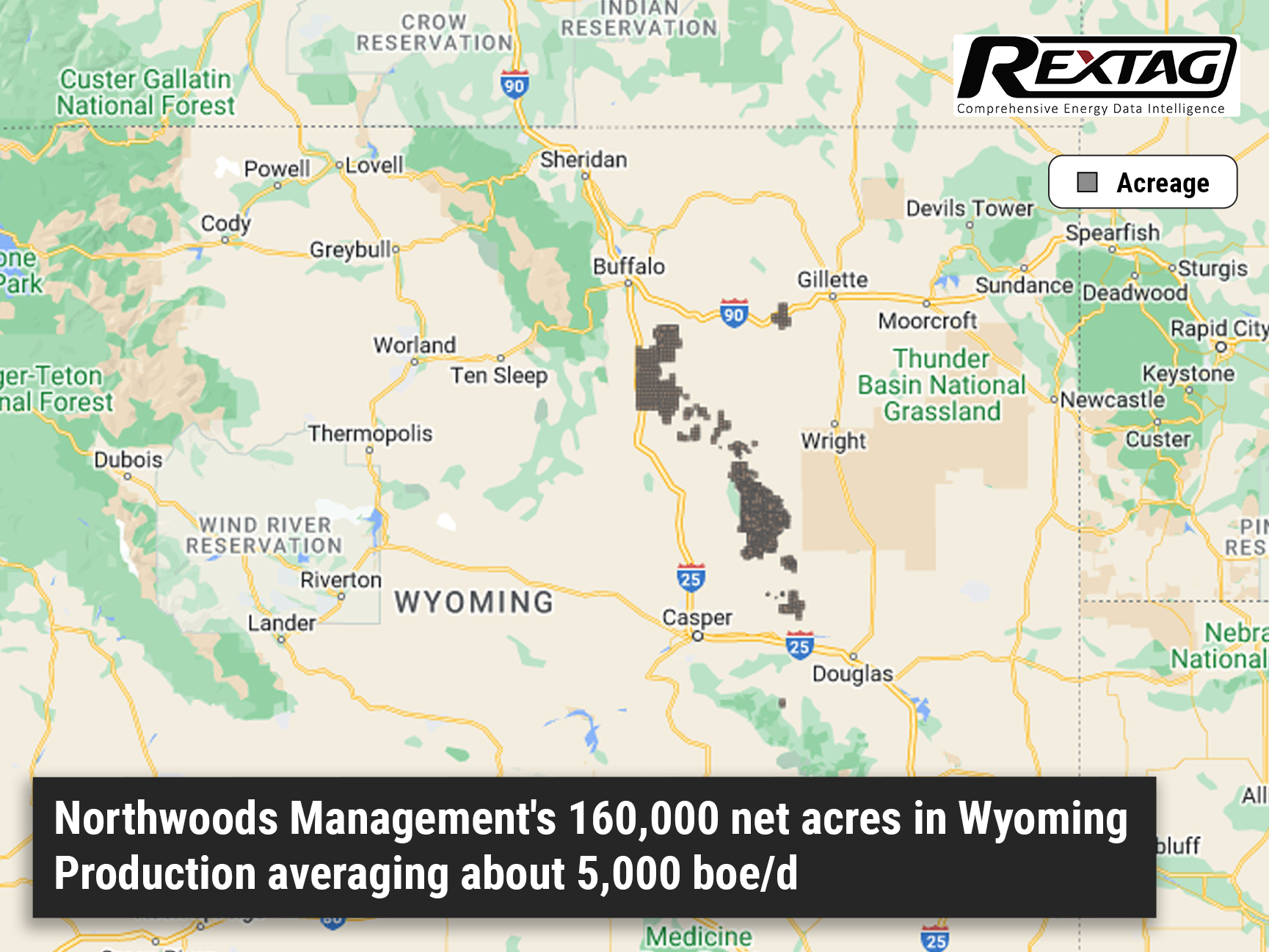Blog
Since days when shale oil and gas technologies were discovered, the U.S. energy industry has been evolving more rapidly than ever before. Many changes are amazing especially when you put them on an industry map. At Rextag not only do we keep you aware of major projects such as pipelines or LNG terminals placed in service. Even less significant news are still important to us, be it new wells drilled or processing plants put to regular maintenance.
Daily improvements often come unnoticed but you can still follow these together with us. Our main input is to “clip it” to the related map: map of crude oil refineries or that of natural gas compressor stations. Where do you get and follow your important industry news? Maybe you are subscribed to your favorite social media feeds or industry journals. Whatever your choice is, you are looking for the story. What happened? Who made it happen? WHY does this matter? (Remember, it is all about ‘What’s in It For Me’ (WIIFM) principle).
How Rextag blog helps? Here we are concerned with looking at things both CLOSELY and FROM A DISTANCE.
"Looking closely" means reflecting where exactly the object is located.
"From a distance" means helping you see a broader picture.
New power plant added in North-East? See exactly what kind of transmission lines approach it and where do they go. Are there other power plants around? GIS data do not come as a mere dot on a map. We collect so many additional data attributes: operator and owner records, physical parameters and production data. Sometimes you will be lucky to grab some specific area maps we share on our blog. Often, there is data behind it as well. Who are top midstream operators in Permian this year? What mileage falls to the share or Kinder Morgan in the San-Juan basin? Do you know? Do you want to know?
All right, then let us see WHERE things happen. Read this blog, capture the energy infrastructure mapped and stay aware with Rextag data!
Rockies Overview by Rextag: Green River, Powder River, Niobrara-Denver Julesburg, Piceance, Uinta, San Juan, Paradox Basin, Wyoming, Colorado, Utah, New Mexico
New Mexico leads the Rockies region in gas production and ranks as the sixth-largest in terms of active gas wells in the U.S. Last year, the state's gas well count slightly increased by 0.2% to 30,699, with new additions in both the northwestern San Juan Basin and the southeastern Permian Basin. Meanwhile, just to the north in Colorado, gas producers grew by a modest 0.1% to 30,322, primarily due to increased drilling activity in the DJ and Piceance basins. Wyoming saw a decline in its active gas wells by 3.7%, down to 17,006, with production mainly in Sublette, Sweetwater, and Converse counties reflecting stable or slightly reduced drilling activity. Utah also experienced a slight decrease of 0.2% in its number of gas wells, totaling 6,463. In Q1 2024, oil and gas industry activity in Oklahoma, Colorado, and northern New Mexico experienced a decline. This marks the fifth consecutive quarter of contraction in drilling and business activities within these regions. According to a survey that included responses from 33 firms operating in the Rockies, this downtrend is expected to continue over the next six months.
Oil and Gas Industry of Wyoming: Basins, Counties, 2022 vs 2023 Review
In Wyoming during 2023, the oil and gas industry experienced various trends and developments. Wyoming ranked 8th nationally in both crude oil and natural gas production, significantly contributing to the economy through property and severance taxes. The state had a peak of 27,951 producing wells in 2022, including oil and gas wells, with 33 operating gas plants processing nearly 97% of the state's gas production. Notably, 21 of Wyoming's 23 counties produce oil and/or natural gas, with Converse County leading in crude oil production and Sublette County in natural gas production. U.S. Energy Information Administration (EIA) predicted that crude oil production across the United States would increase to 12.8 million b/d in 2024. Throughout 2023, oil production in Wyoming showed an upward trend, with more than 95 million barrels expected to be produced, an increase of about 3 million barrels from 2022. This rise in oil production was partly attributed to the completion of 110 newly drilled oil wells in the first half of the year, mainly in the Powder River Basin. However, natural gas production faced a decline due to the aging of wells and a low number of new gas wells being completed. Only 18 new gas wells were finished in the first half of 2023, with a noted interest in drilling applications, suggesting potential future developments.
Western Expands Powder River Footprint with $885M Acquisition
Western Midstream will acquire Meritage Midstream's Powder River Basin assets, including gas gathering and an NGL pipeline, for $885 million in cash. A subsidiary of Western Midstream Partners LP is set to acquire Meritage Midstream Services II LLC in an $885 million all-cash transaction, marking a significant expansion in the Powder River Basin for the company.
Williams Buys MountainWest Pipeline System for $1.5 Billion
On December 15, Pipeline giant Williams made a deal to purchase MountainWest Pipelines Holding Co. from Southwest Gas Holdings Inc. for almost $1.5 billion including debt. Williams is paying $1.07 billion in cash and assuming $0.43 billion of debt to buy MountainWest, which comprises approximately 2,000 miles of interstate natural gas pipeline systems mainly situated across Utah, Wyoming, and Colorado.





.png)